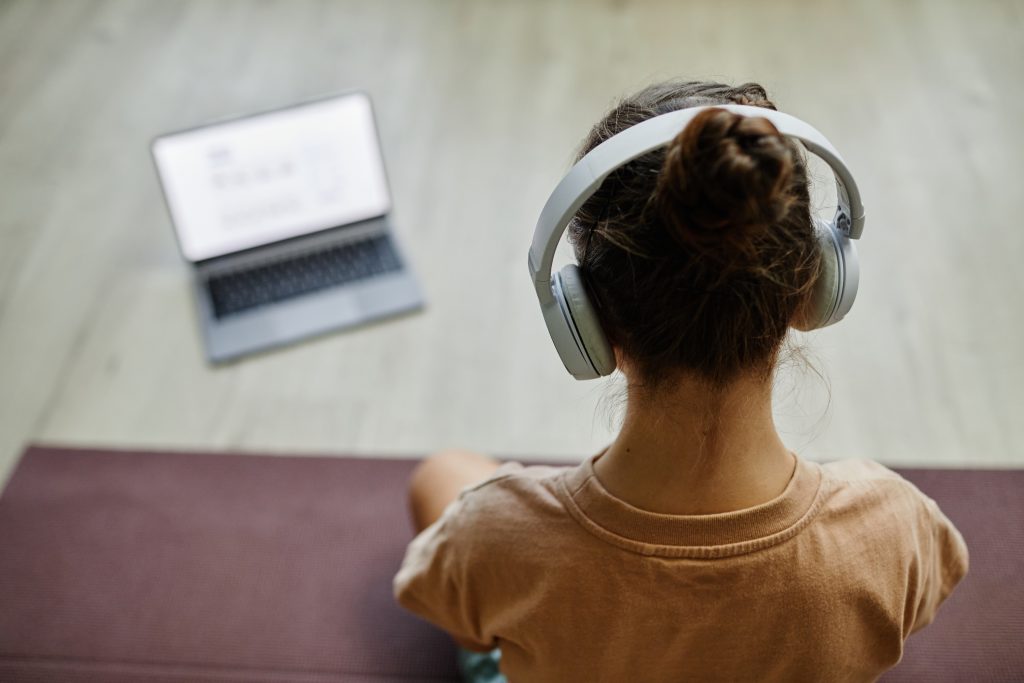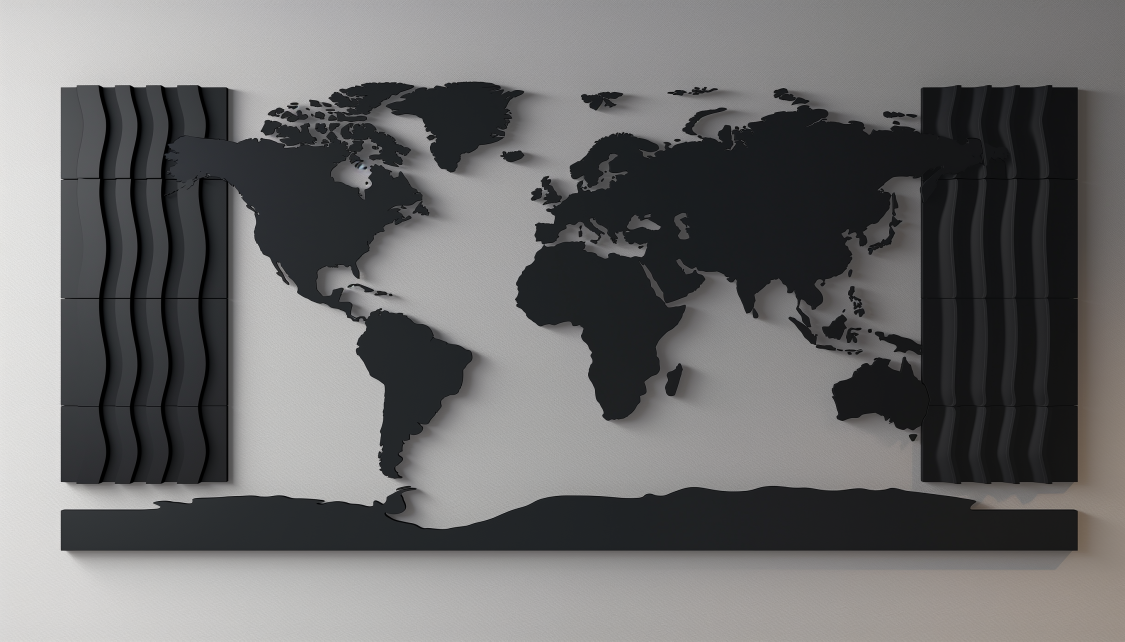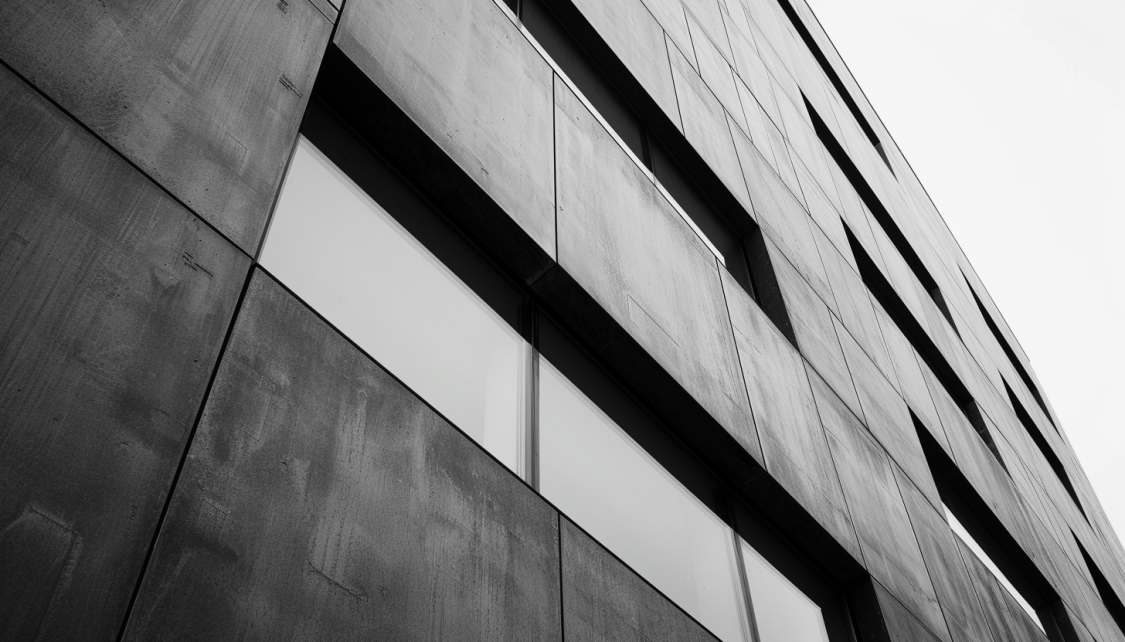8D Audio For Inclusive Design
The digital world is abuzz with a new mental wellness concept known as cerebral cleansing or a more popular term called brain flossing which is primarily associated with 8D audio. This unique audio format employs a method that generates the feeling of sounds moving around you in a three-dimensional space. While 8D audio can be intriguing to all, it is suggested that individuals with neurodivergent brains might perceive it differently than those with neurotypical brains. This new wave of research allows interior designers to add a new element to their inclusive design principles.
This raises several questions: What is cerebral cleansing? Why does 8D audio create such a unique experience? And can it provide insights into one’s potential neurodivergence? Let’s delve into these questions.
@avivaspeaks “Brain Flossing” is my go to with 8D audio when quieting the 🧠 #brainflossing #neurodivergent #8daudio #binauralbeats #adhdendorphines #brainfloss #8d #8dsongs #adhdtiktok #binauralaudio #adhdmusic #relax #womenwithadhd #menwithadhd #overstimulation #adhdlifehack #mentalhealth #nd ♬ original sound – Isabella Kensington
Understanding Neurodivergence
People with neurotic divergence are those whose brain differences impact their functioning. Their cognitive strengths and challenges differ from those without these differences. These differences can stem from medical and learning disabilities, as well as other medical conditions. However, such differences can also bring about advantages, such as enhanced memory, proficiency in imagining 3D objects, ability to perform intricate mathematical calculations mentally, and much more.
The term Neurodivergent is not a medically recognized phrase. It is utilized to describe individuals in ways that do not involve the labels “normal” and “abnormal.” This is crucial since there isn’t a sole interpretation of normalcy concerning how our minds function.
Being neurodivergent is like running on distinct software, much like being a Mac or PC user. As a neurodivergent Mac user, navigating through life in a PC-dominated world can be challenging. But instead of seeking a solution, what’s needed is empathy and consideration for our differences. After all, neurodivergence isn’t a flaw to be fixed, but a variation to be embraced.
For many neurodivergent individuals, having fidget spinners and noise-reducing headphones when out in public is essential in order to feel comfortable. This is particularly important in places such as schools. These relatively small accommodations can have a big impact on the overall experience.
Synesthesia: A Unique Form of Neurodivergence
Music is something that those with synesthesia share a unique relationship with. This neurodivergent condition connects one sense with another, making it rare, with less than 0.5% of people experiencing synesthesia. However, not all synesthetes affiliate music with their experiences for instance, some can visualize different colors in music (tone-color synesthesia), taste sounds (lexical-gustatory synesthesia), or see shapes and washes of color from music (chromesthesia). Researchers have found a positive connection between 8D audio and synesthesia which could be used in therapy.
The Magic of 8D Audio
8D audio, which gained rapid popularity through TikTok, tricks your brain into believing it’s in a larger space. While these recordings aren’t a definitive test for neurodivergence, neurodivergent individuals may perceive them differently. Some describe the music as “bouncing around” inside their heads. Others say 8D audio makes them feel as if they are enveloped by sound, as if they’re inside a music venue.
People with ADHD, ASD, and other forms of neurodivergence find 8D audio to be particularly captivating. Some recent research also suggests that listening to 8D audio helps those with anxiety focus and relax.
The Science Behind 8D Audio
Producing a sound experience that immerses the listener, 8D audio gives the impression that the music is all around them. Rather than coming from the headphones, the technology breaks the fourth wall and creates the feeling that it’s floating from different directions. This offers unrivaled immersion to the listener, offering a unique experience that’s hard to forget.
Argentinian Hugo Zuccarelli’s brainchild- 8D music- has made waves in the music world thanks to its unique holophonic technology. Collaborating with renowned musicians like Pink Floyd, Zuccarelli has created a listening experience where sound emerges from various points in time, leading to a novel sensory experience. Once you familiarize yourself with this technology, expect to be blown away.
Creating and Experiencing 8D Audio with Acoustic Panels
8D sound is unlike the standard headphone experience. It gives off a vibe of attending a live concert, with the music hitting you in one ear and then the other, depending on your location.
To achieve this, this system only needs two audio channels through which an acoustic signal is distributed that tricks the brain into thinking that it is experiencing a 360º sound sensation.
8D sound is super versatile and can be used in a bunch of ways. Take video games for example, they’re already using it. You can even tell where an enemy is coming from without having to see them first.
Think of your favorite tune. Now, imagine it swirling around you, not just playing into your ears. That’s the magic of 8D music. It uses some technology to transform any song into a 360-degree audio experience, making it feel like the sound is coming from all directions, not just straight into your ears. It’s like giving your music a whole new dimension to play in!
This technology may be the future of virtual reality video games since combined with this, they are able to offer a feeling of immersion totally out of reach of any other technology known.
So how do you make music like this? You will need to rig sound levels, add delays and reverberation, and tweak other components too.
Contrarily, acoustic wall panels are utilized to upgrade the acoustics within a space by diminishing reverberation and ambient noise. The way they function is through absorbing sound waves, obstructing them from reflecting off the dividers and prompting echo. As of late in Ireland, the requirement for soundproofing and acoustic boards has been expanding, with organizations presenting altered acoustic boards and versatile room dividers to meet various prerequisites, including autism-accommodating plans.
Here’s how the two can work together:
8D audio uses sound engineering that creates the effect of sound moving around your head. It’s is used in music and video games to create a more immersive experience. This is achieved by manipulating the sound’s gain (volume), delay, reverb, and other parameters.
When creating 8D audio effects, acoustic wall panels are used to enhance the acoustics within a room by reducing echo and background noise. The way they work is by absorbing sound waves, stopping them from bouncing off the walls and even the ceiling which causes an echo. In Ireland, the demand for soundproofing Ireland based panels and sound absorbing panels has been on the rise, with companies like Vibe by Vision offering custom acoustic panels and mobile room dividers to cater to various needs, including autism-friendly designs.
Mobile Room Dividers and Autism-Friendly Design
Another innovative solution in the field of soundproofing in Ireland is the use of mobile room dividers. These dividers, often fitted with acoustic panels, provide a flexible way to manage space and control sound in various settings. They can be easily moved and adjusted as per the requirements of the space, making them a popular choice in offices, educational institutions, and event venues.
In addition to improving the auditory environment, these soundproofing solutions also contribute to creating autism-friendly designs. Individuals with autism often have heightened sensitivity to sensory stimuli, including sound. By controlling and improving the quality of sound, these acoustic solutions can make spaces more comfortable and accessible for individuals with autism.
Conclusion
The world of sound is complex and fascinating, with innovations like 8D audio offering unique experiences and potential insights into our brain’s functioning. At the same time, solutions like acoustic panels and mobile room dividers are enhancing our auditory environments, making spaces more comfortable, inclusive, and conducive to our needs. As we continue to explore and understand the intricate symphony of the mind, these tools and technologies will undoubtedly play a crucial role. Contact Vibe by Vision today so our experts can help you create an inclusively designed space.



